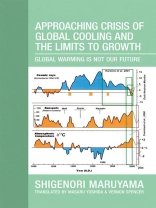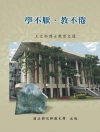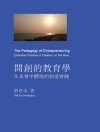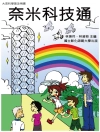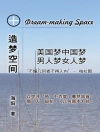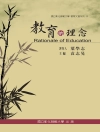We are at the terminal point of the warm interglacial period, and the
next glacial age may anytime start. The first step of the global cooling is
predicted by the author to come in 2035, when the food production will
surely decrease. The population is expanding and the shortage of food
and drain of natural resources result in the limits to the growth of the
human society. It was predicted by the Rome Club (1972) that The Limits
to Growth would come in 2020. All these conditions together corroborate
to bring a severe crisis to human beings in near future. If the earth would
be meeting warming in near future as predicted by IPCC, then the crisis
would be mild.
However, it is not the case. The atmospheric temperature of the earth
will surely become cold, because most of major controlling factors of the
atmospheric temperature, i.e., solar activity, cosmic rays, and geomagnetism
are changing in a way to the cooling. The effect of carbon dioxide gas only
cannot be too much evaluated. The effort of decreasing carbon dioxide
gas is important in the sustainability of our limited resources, however, we
have to seriously consider the measures for the approaching crisis of global
cooling and the limits to growth.
Про автора
Prof. Shigenori Maruyama was born in 1949 in Tokushima Prefecture, Japan. After graduating from Tokushima University where he earned his bachelor’s, master’s, and doctoral degrees, he studied at Kanazawa University, Nagoya University, and Stanford University in the United States and then joined the Tokyo Institute of Technology in 1989. He has served there as a professor in the Science and Technology School since 1993.
Professor Maruyama is a geologist studying earth and planetary sciences. His new theory on the movement of the whole mantle of the earth gave a strong impact on the earth science world and resulted in his receiving the Geological Society of Japan medal and the Purple Ribbon Medal of the Japanese government. Major publications include the following: What Has the Earth Been Doing for the Last 4.6 Billion Years? (In Japanese, Iwanami Shorten, Tokyo), The History of Life and the Earth (In Japanese, Iwanami Shorten), A Tale of Science Worth Saving in Your Heart (In Japanese, Kyoken Shuppan, Tokyo), etc.
=============================
Prof. Masaru Yoshida was born in 1937 in Tokyo. After graduating from Hokkaido University, he joined 1968–1970 Japanese Antarctic Research Expedition. He was employed at the Osaka City University in 1970 and served there as professor of geology in the School of Science from 1990 to 2001. Since then he has worked as the president of the Gondwana Institute for Geology and Environment, Hashimoto, Japan.
Professor Yoshida is a field geologist, studying various areas in Gondwanaland terrains. He founded the International Association for Gondwana Research and the journal Gondwana Research in 1997 and worked as the president of the association and the chief coeditor of the journal for several years. His major scientific contributions include improvement of knowledge on the geology of Antarctica and tectonics of Gondwanaland. Further, his discovery of the Yamato meteorites in 1969 resulted in giving a tremendous impact on earth and planetary sciences. Professor Yoshida has more than two hundred scientific publications and twenty books, including India and Antarctica during the Precambrian (Geological Society of India), Proterozoic East Gondwana (Geological Society of London), Guidebook for Himalayan Trekkers, Series Nos. 1 and 2 (Department of Geology, Trichandra Campus, Tribhuvan University, Kathmandu), etc.
